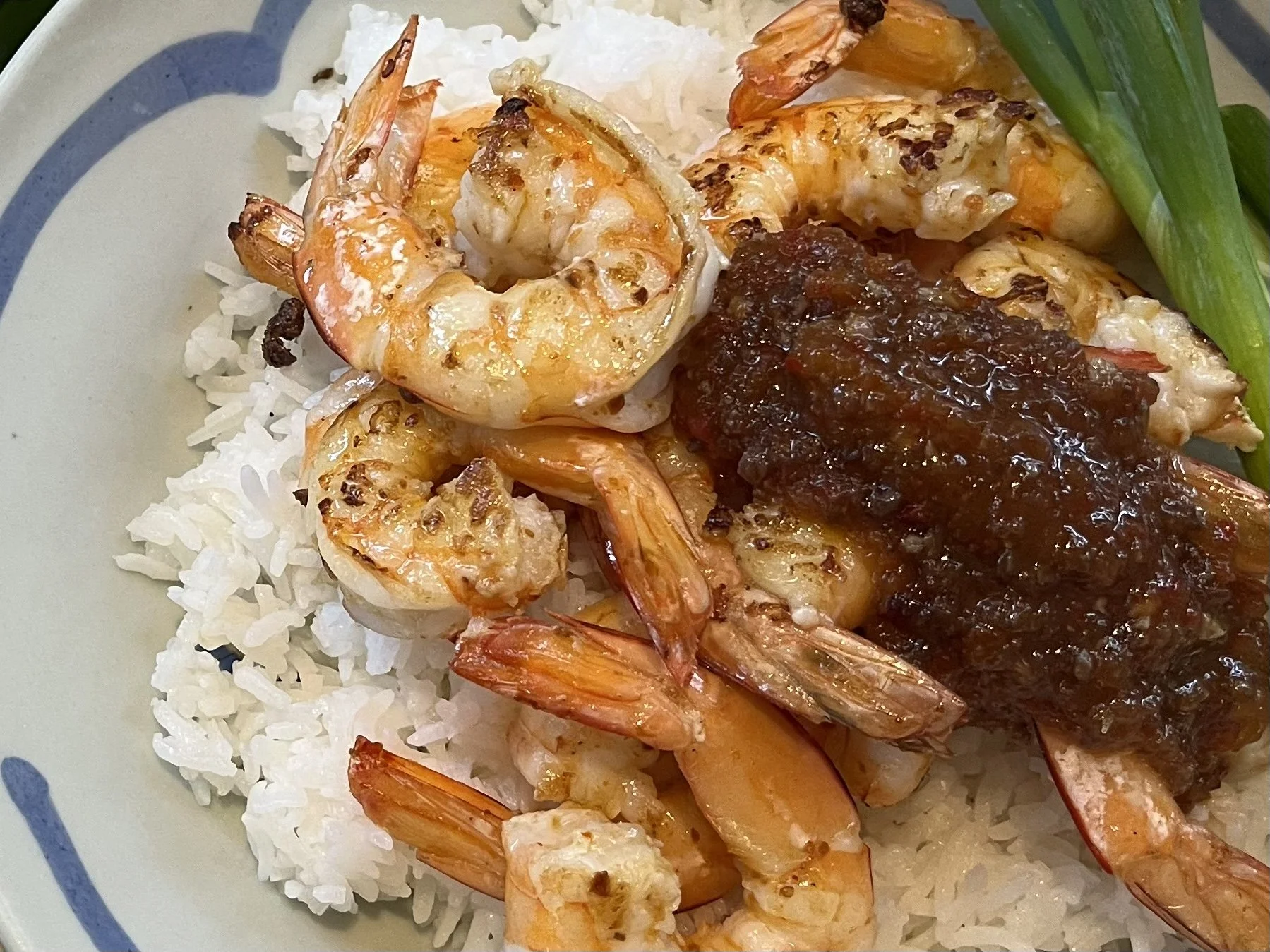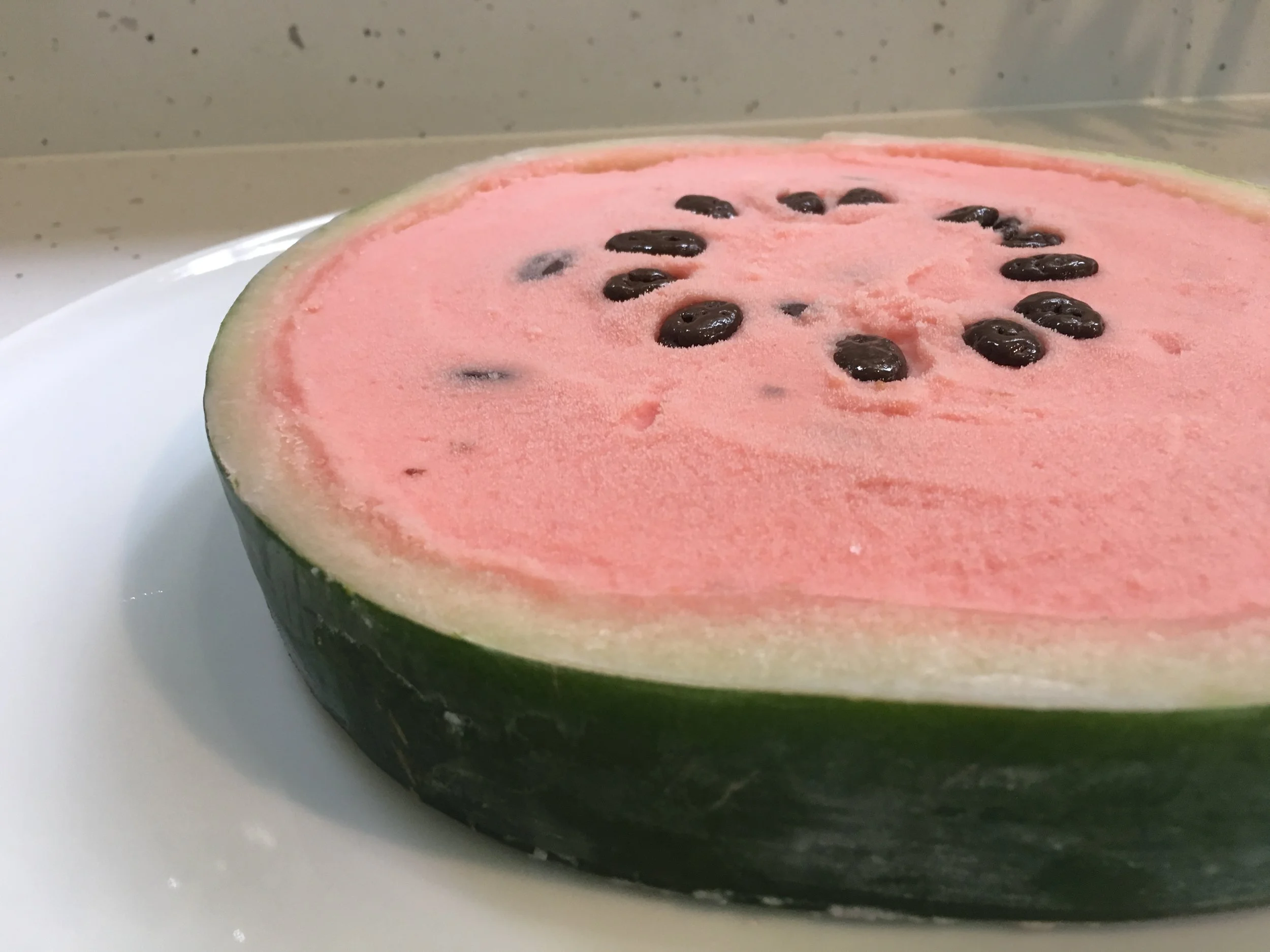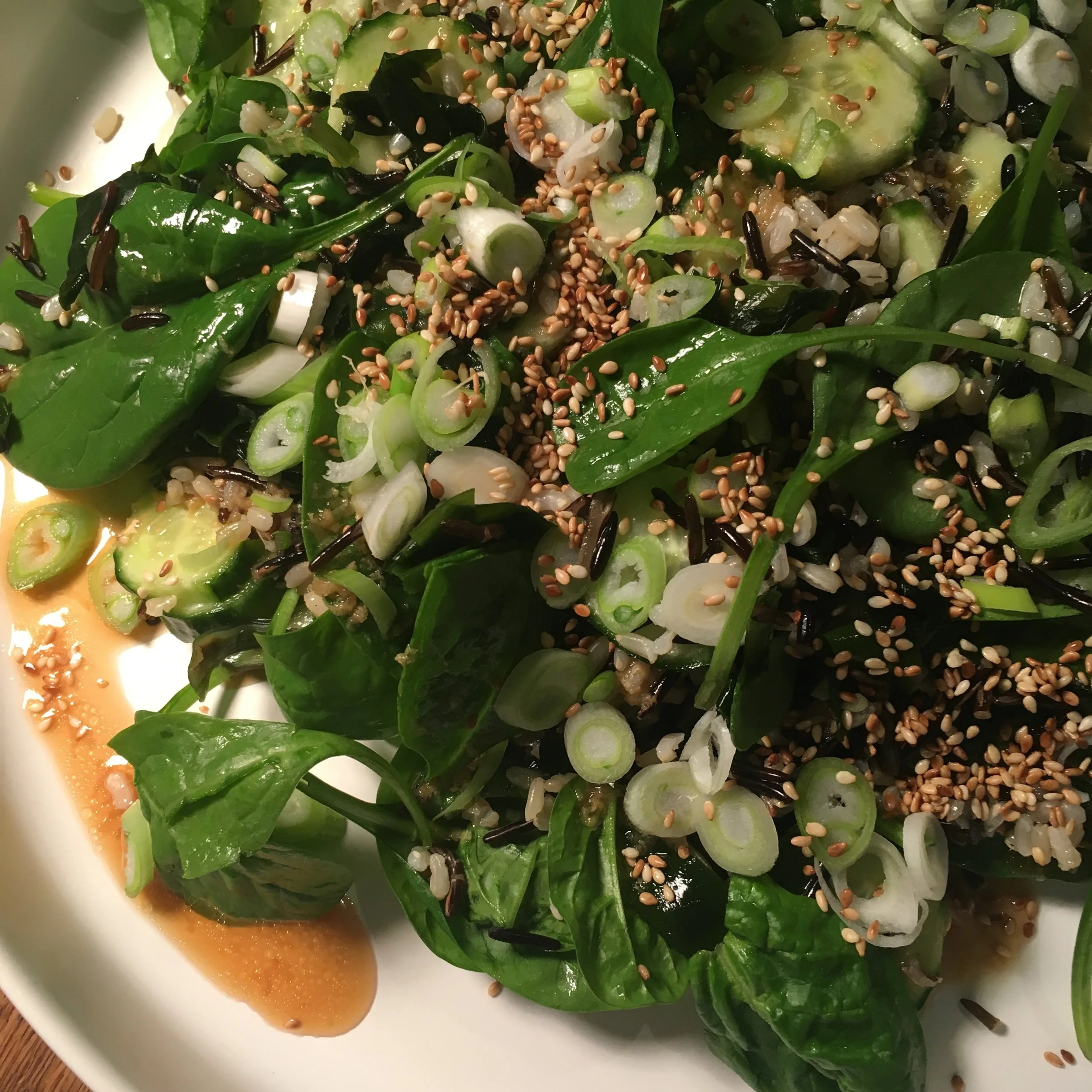Take a watermelon. Cut in in half. Scoop out the flesh and mix it with some sweet stuff. Put it back into the melon shell. Add some chocolate-coated pumpkin seeds to trick the eye. Freeze. And before you know it you will have a visually intriguing and refreshingly tasty Christmas dessert ….
BEETROOT, CURD, ORANGE
This is an easy but delicious entrée for Christmas that can be prepared ahead of time. It was inspired by a dish from Ester, a truly wonderful Sydney restaurant, where, to intensify the flavour, the beetroot is cooked, then dehydrated, then roasted again. The result is sensational, but to minimise the fuss we’ve simply roasted the beetroot ….
ASPARAGUS WITH SAUCE GRIBICHE
HAVE A QUACKING CHRISTMAS
A BIRD FOR CHRISTMAS
TARTING IT UP FOR CHRISTMAS
MAKE G-F LAVOSH GREAT AGAIN
BRAISED DAIKON
SEAWEED, CUCUMBER AND BROWN RICE SALAD
CREAMED ALMOND AND COCOA NIB BALLS
TRES LECHES CAKE
FRESHLY SQUEEZED, ICECREAM AND SORBET
SUPERFOOD?
SAMBUSAKS
DUCK BREASTS WITH MISO AND GINGER
Duck breasts have a lovely balance of tender, juicy, lean breast meat with a wonderfully rich layer of duck fat just under the skin.
Lots of us remove the skin and fat from ducks believing it is bad for us, however it has a relatively high content of healthy mono-unsaturated fat, at 55%. As a comparison, olive oil has 75% and coconut oil only 6% – and the world has gone mad for coconut oil.
The breast meat, on the other hand, is as lean as skinless chicken breast, but a duck beats the ubiquitous chook hands down for flavour.
Our recipe is a good balance. We’ve slashed the skin of the breast before marinating it, and then browned the skin in a frying pan which, at the same time, melts out quite a lot of the fat. We’ve then finished it off in the oven, which releases a further amount of the fat and leaves a perfect balance.
If you’re still worried, it’s easy to slip the skin and fat off the breast of the finished dish, but as duck isn’t an every day affair why not treat yourself and go the whole hog.
Rosie
DUCK BREASTS WITH MISO, GINGER AND MUSHY WASABI PEAS
Serves 6
Duck
6 duck breasts, trimmed
1.5 tablespoons miso
3 tablespoons white sugar
3 tablespoons Soy Sauce
3 tablespoons freshly grated ginger
3 tablespoons mirin
Finely sliced green onions, to serve
Japanese pickled ginger, to serve
Make slashes in the skin of the duck at ½ cm intervals across the breasts.
Combine miso, sugar, soy, ginger and mirin and marinate the duck for a minimum of two hours.
Preheat oven to 180°C. Line a baking tray with baking paper.
Heat a large non-stick frying pan to medium high. Remove the duck breasts from the marinade and cook skin side DOWN until golden brown. Transfer to the baking tray skin side UP and bake for 10 minutes.
Rest 5 minutes before slicing to serve with green onions scattered over and the pickled ginger to the side.
Mushy Wasabi Peas
1 small onion, finely chopped
80 gm unsalted butter
2 cloves garlic, minced
650 gm frozen peas, thawed
Wasabi paste, salt and freshly ground black pepper, to taste
Sauté the onion and garlic in the butter until soft.
Add the peas and toss for 2 or 3 minutes just to heat through. Remove from the heat and mash. Add wasabi paste, salt and pepper to taste.
* We use Enokido Miso Dengaku Honey Miso and Brown Rice or Millet Soy Sauce
YUZU FOR YOU TOO
SMASHING MASH
The most famous mash is, of course, the potato variety and although it seems to be very popular, it is not often excellent.
Certainly in my childhood home it was always a bit lumpy as Mum used only a humble fork to mash the potatoes. No cream and not much butter were included. It was pretty bland affair.
A perfect, rich and creamy potato mash is heaven on earth. The cooked potatoes must be put through a potato ricer or a mouli, never pureed in a machine as that will result in a gluey mess, and a ton of butter and cream is gently added before seasoning. Fabulous.
But sometimes we’re looking for a bit less fuss and a lot more speed. Our three recipes, although not technically ‘mash’ as we’ve pureed them in a food processor, are very quick to make and definitely have a mash-like texture.
The parsnip/leek, kumera/ginger and pea/creme fraiche combinations make fabulous marriages. They’re great if you’re cooking for large numbers and can be made ahead, even days ahead, and stored in the fridge.
Do give them a try. They’re so smashing you won’t go back!
Rosie and Caren
LEEK AND PARSNIP MASH
Serves 6
1 leek, washed, trimmed and roughly chopped
500 gm parsnips, peeled, trimmed and roughly chopped
60 gm butter
200 ml pure cream
Freshly grated nutmeg, sea salt and freshly ground black pepper to taste
Sweat the chopped leek and parsnips in the butter, in a covered saucepan, over a very low heat until cooked through. Try not to colour the vegetables.
Allow to cool a little then transfer to a food processor and process with the cream until smooth. Season with freshly grated nutmeg, salt and pepper.
The Leek and Parsnip Mash can be made ahead and stored in a container in the fridge and gently reheated when needed.
PEA AND CRÈME FRAICHE MASH
Serves 6
3 golden shallots, finely diced
3 garlic cloves, minced
90 gm unsalted butter
750 gm peas, fresh and cooked or frozen and defrosted
1 lemon, zest and juice
225 gm crème fraiche
Sea salt and ground white pepper to taste
Over a low heat, gently fry the shallots in the butter for 5 minutes or until they are soft. Add the garlic and peas and cook for 5 minutes, stirring regularly. Remove from the heat and allow to cool a little.
Transfer to a food processor, add the zest and half the crème fraiche and puree until very smooth. Add 2 or more teaspoons of lemon juice, to taste. Add more crème fraiche until you reach your desired consistency. Season to taste.
The Pea and Crème Fraiche Mash can be made ahead and stored in a container in the fridge and gently reheated when needed.
ROAST KUMERA AND GINGER MASH
Serves 6
1 kg kumera, peeled
1 Spanish onion, peeled
3 cloves garlic, peeled
1 tablespoon olive oil
1 tablespoon ginger, grated
400 gm full cream plain yoghurt
Sea salt and freshly ground black pepper to taste
Preheat oven to 180°C.
Cut kumera into large chunks. Cut the onion into eighths. Place in a baking dish along with the garlic and drizzle with olive oil. Bake for 20-30 minutes or until the kumera is tender, turning once, and the onion is cooked.
Allow to cool a little then transfer to a food processor and add the ginger and half the yoghurt. Puree until very smooth adding more yoghurt until you have reached your desired consistency. Season to taste.
The Kumera and Ginger Mash can be made ahead and stored in a container in the fridge and gently reheated when needed.
























